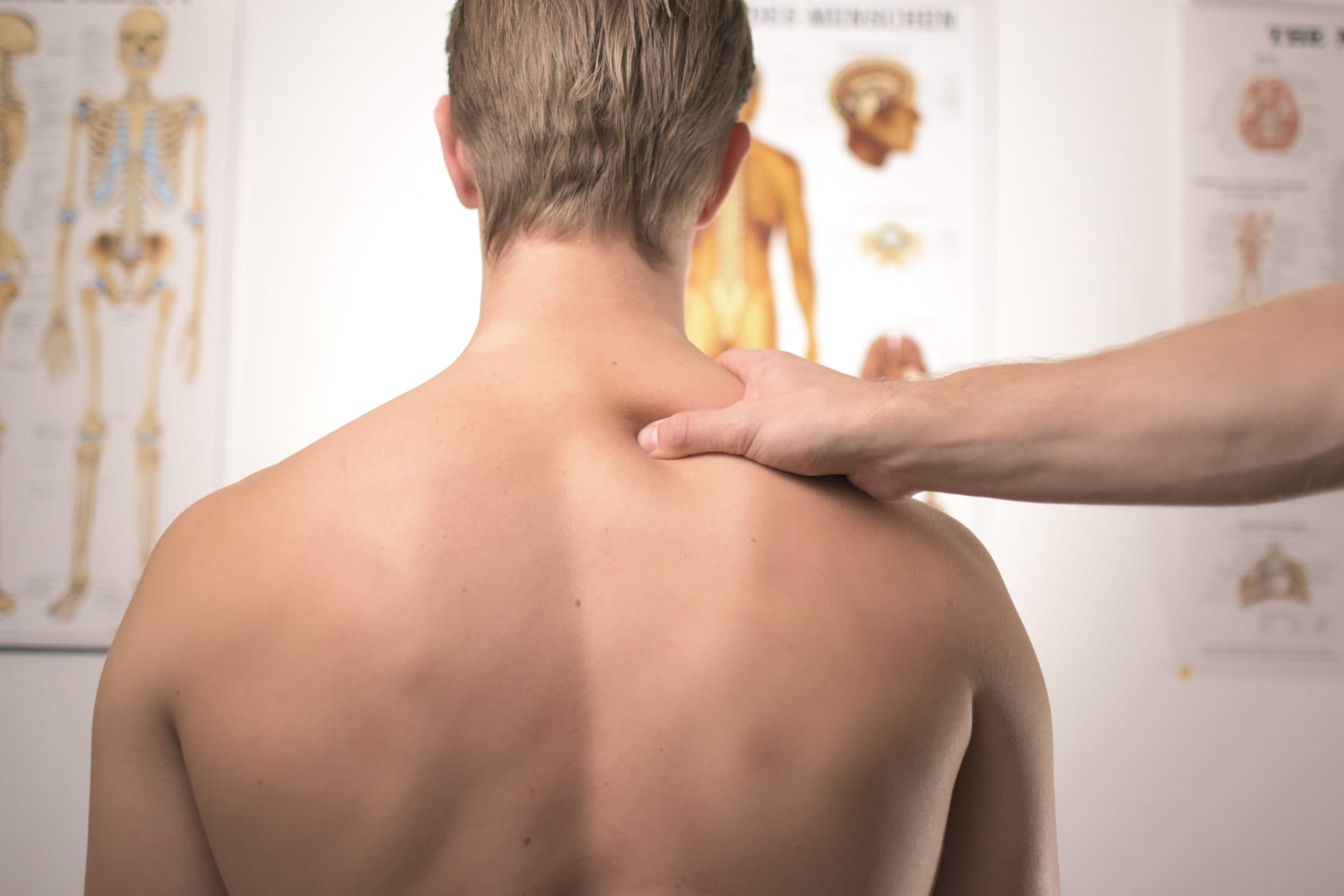Presented by HealthPRO-Heritage Rehabilitation Team
What is Arthritis?
Arthritis is very common, but often misunderstood. “Arthritis” is not one disease; it simply is translated as “arthro” meaning joint, and “itis” meaning inflammation. There are more than 100 different types of arthritis, the most common 2 are classified as “Osteoarthritis” (OA) and “Rheumatoid Arthritis” (RA). People of all ages, genders, and races have arthritis and it is the leading cause of disability in the United States. Statistics collected in 2017 state that arthritis affects more than one in four adults, greater than 50% of people over 65. The staggering estimates include 91.2 million adults either have doctor-diagnosed arthritis and/or report joint symptoms consistent with a diagnosis of arthritis. Arthritis is more common among adults who are obese than among those who are of normal weight or underweight. Adults with arthritis in the hips or knees are >30% more likely to fall.
Characteristics of Osteoarthritis (OA)
- Progressive loss of joint cartilage
- Usually limited to one or more joints
- Not typically a systemic condition
- Described as a “bone-on-bone” feeling
- Most commonly occurs in the weight bearing joints including hands, cervical spine, lumbar spine, knees, ankles, hips, and feet.
Symptoms of OA
- Joint Pain: Caused by muscle weakness surrounding the joint due to inactivity.
- It’s usually less in the morning and worse in the evening after a day’s activity.
- “Morning Stiffness”, which usually lasts no more than 30 minutes.
- Joint Stiffness: After periods of rest, but will recede quickly when activity resumes.
- Joint Enlargement: due to bone spurs and calcification
- Deterioration of coordination, posture, and walking due to pain and stiffness.
Characteristics of Rheumatoid Arthritis (RA)
- Usually a systemic disease affecting joints, but can involve organs such as lungs, heart, blood vessels, and eyes.
- Can include remissions and flare-ups that vary in duration and severity.
- Presents as overall joint inflammation.
- Most common affected joints include hands, knees, wrists, hips, elbows, feet, and shoulders.
Symptoms of RA
- Joint Redness: Caused by your immune system attacking the “synovium”, the lining of the membranes that surround your joints.
- Joint Swelling: The resulting inflammation thickens the synovium, which can invade and destroy the cartilage and bone within the joint.
- Joint Pain
- Joint Deformity: the tendons and ligaments that hold the joint together weaken and stretch, causing eventual loss of its shape and alignment.
- Symmetrical Affected Joints: RA tends to affect the joints on both sides of the body.
Treatment Goal: Manage Pain and Improve Function
Most treatment plans include a combination of the following:
- Medications: depends on level of pain, additional medical history, risks and possible side effects.
- Life Style Changes: including weight management, improving sleep, eating healthy, and managing stress.
- Joint Protection: techniques included in all activities to reduce stress on your joints.
- Physical and Occupational Therapy
Exercise as a Therapeutic Intervention
- One of the best treatments for OA.
- It can improve mood, decrease pain, increase flexibility, and help maintain healthy weight.
- It can help break the cycle of “Pain-Weakness-Joint Degeneration” associated with arthritis. *May include low impact aerobic exercise, range of motion exercises, strength training, and aquatic exercise.
- The amount and form of exercise will depend on factors such as which joints are involved, how stable the joints are, joint swelling, and if a joint has been replaced.
Therapy’s Role in Management of Arthritis
Overall goals include:
- Maximizing functional mobility
- Maintaining and improving joint mobility
- Prevent joint deformity
- Joint protection education: including possible splinting strategies and adaptive equipment
- Maintain or improve strength
- Decrease pain
Studies have shown that people who take an active role in the treatment of their arthritis tend to have better quality of life, reduce their sense of suffering, and feel more empowered. We, the HealthPRO-Heritage rehab team, can work with you to develop an individualized program that will allow you to maintain or regain your quality of life and independence.



